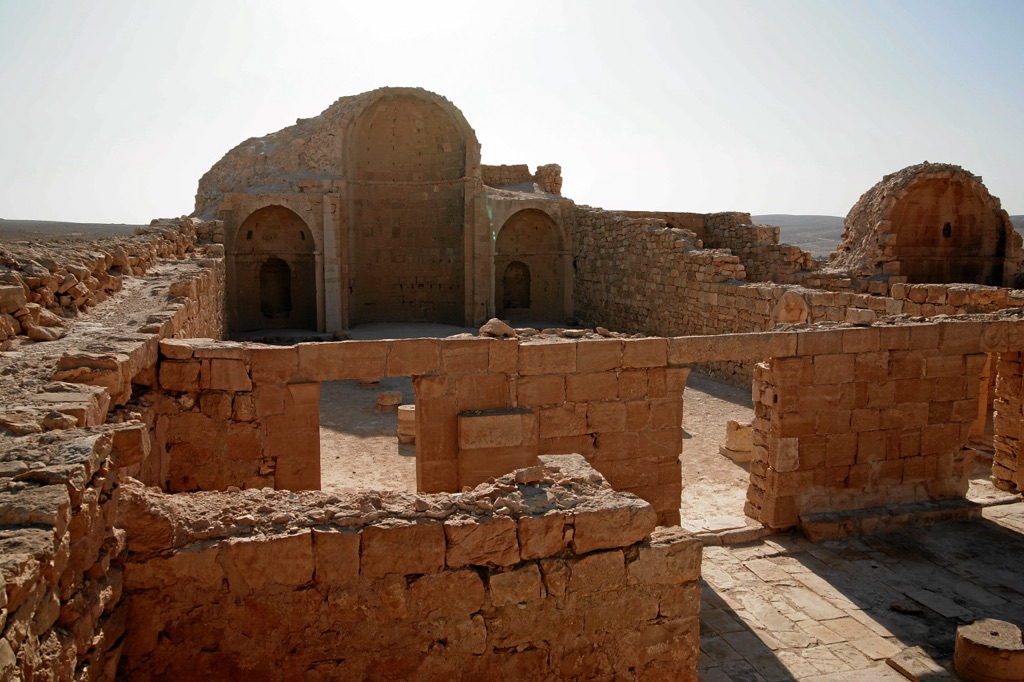Summary
Exploring the Ancient City
Nestled in the Negev desert of Israel, the Shivta ruins tell a story of bygone eras. Once a flourishing city, Shivta showcases intricate stone architectures from the Byzantine period. Scholars believe it thrived as an agricultural center and a way station for pilgrims. The city’s craftsmanship is evident in the surviving churches, houses, and public buildings. Excavations at Shivta provide a window into ancient urban planning. Experts regard it as an icon of desert community life from centuries past. Its historical significance continues to draw visitors and researchers alike.
Get your dose of History via Email
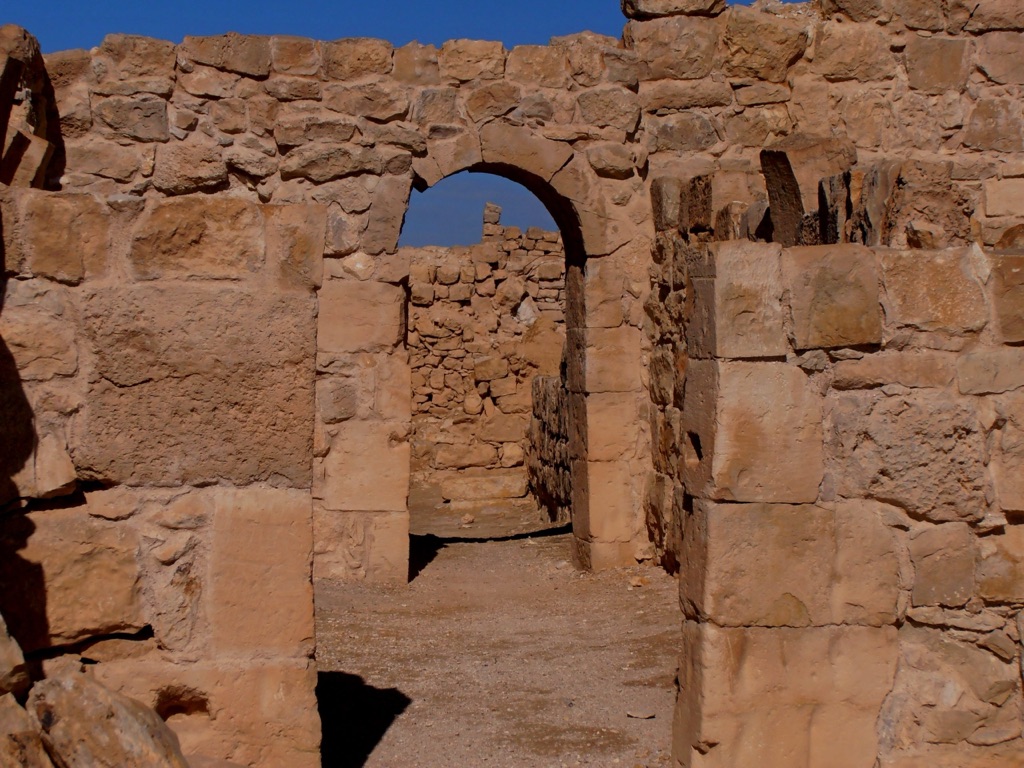
The Architecture of Faith
The spirituality of Shivta is embodied in its well-preserved churches, captivating historians and the faithful. The ruins house three magnificent churches, each boasting its distinct architectural style. The central church stands out with a striking apse and nave, drawing a clear picture of ancient religious practices. Attention to detail in the mosaics and inscriptions offers insight into the artisans’ skill and devotion. These edifices serve as a testament to the town’s religious importance in the ancient world. They also hint at the confluence of cultures in this remote desert land.
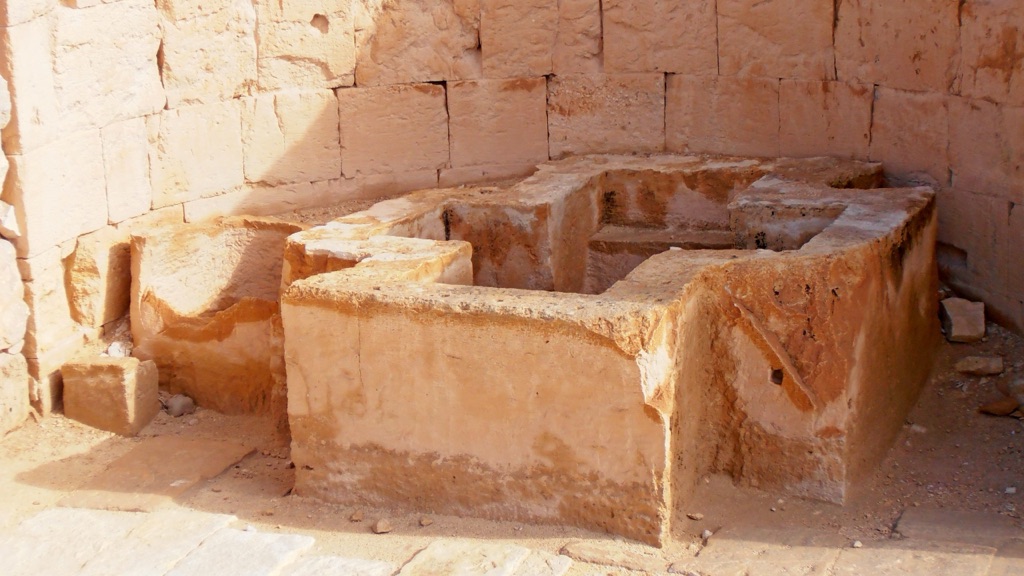
Shivta’s Timeless Legacy
Shivta tells a tale of survival against the odds. Despite its abandonment in medieval times, the ruins have withstood the desert’s harsh conditions. This resilience is a tribute to the original builders’ ingenuity. Shivta stands as a symbol of the continuity of civilization in the region. Its inclusion as a UNESCO World Heritage site in 2005 further solidifies its status. It is an essential landmark not only for Israel but for the shared heritage of humanity. Shivta invites exploration and contemplation, offering a unique journey through time.
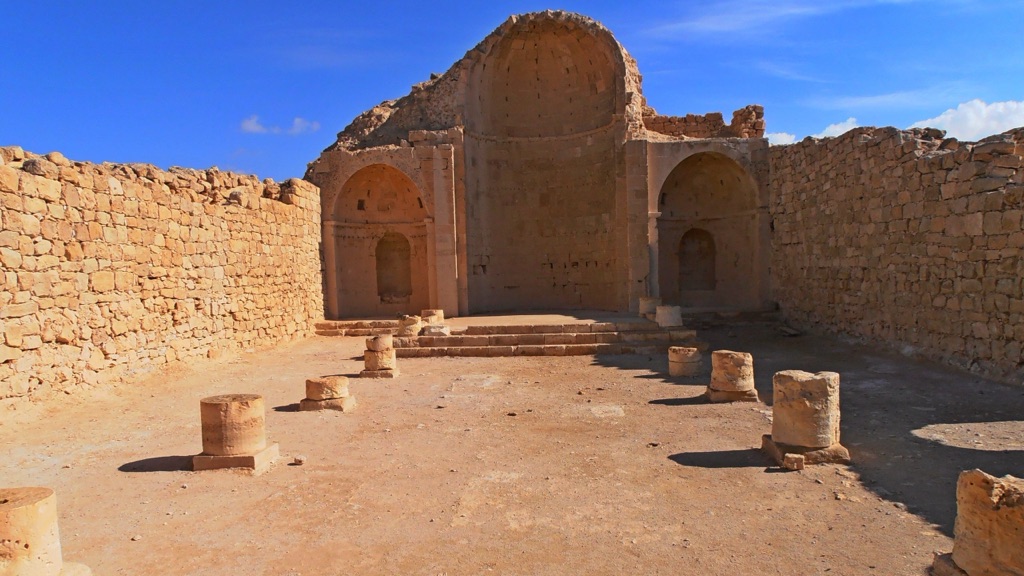
Historical Background of The Shivta Ruins
An Ancient Negev Desert City
In the heart of the barren Negev desert lies the enigmatic Shivta. Born during the Nabatean period, this remote city later flourished under Byzantine rule. Originally, it may have served as a stopover for caravans. Later, it transformed into a prosperous Byzantine agricultural village. Remarkably, its buildings and farming terraces remain partly standing today. These are silent witnesses to the town’s resilience and the advanced state of ancient agricultural techniques.
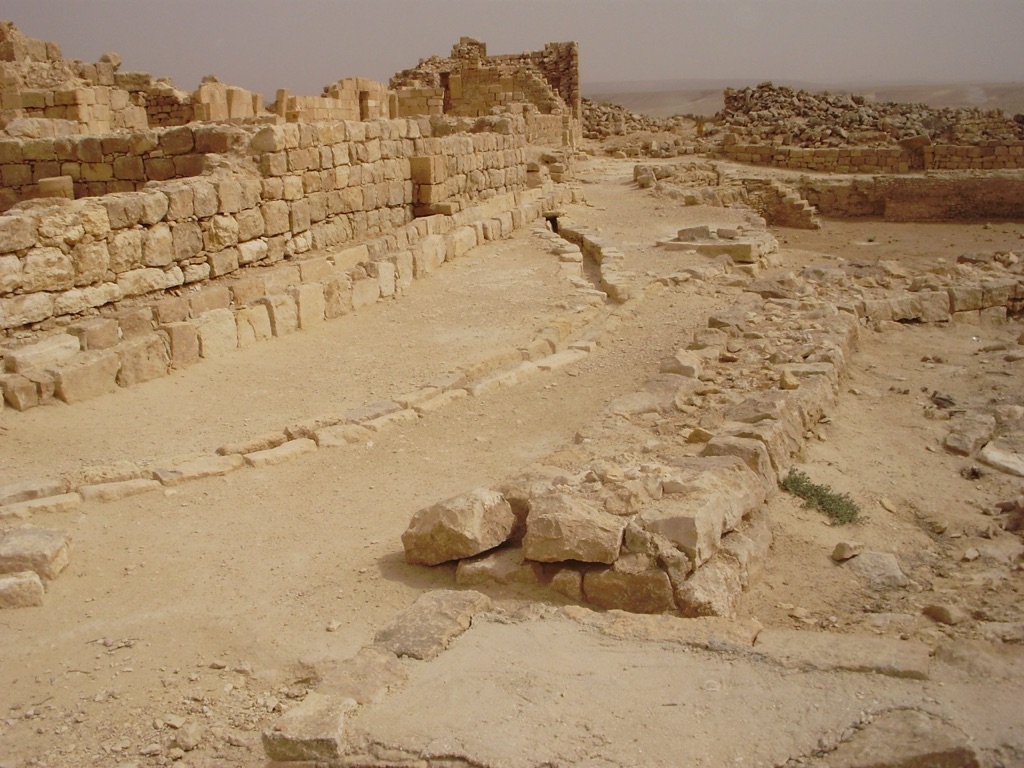
Religious Significance and Structures
Spirituality was a cornerstone of life in Shivta. This is evident from the impressive Byzantine churches still standing. Each church offers a unique glimpse into early Christian architecture and customs. The largest church, the Central Church, fascinates with its three aisles and beautifully constructed baptismal font. Not to mention, the Southern Church has a striking apse decorated with cross etchings. These sacred sites reflect the religious fervor of Shivta’s inhabitants and the city’s status as a spiritual hub.
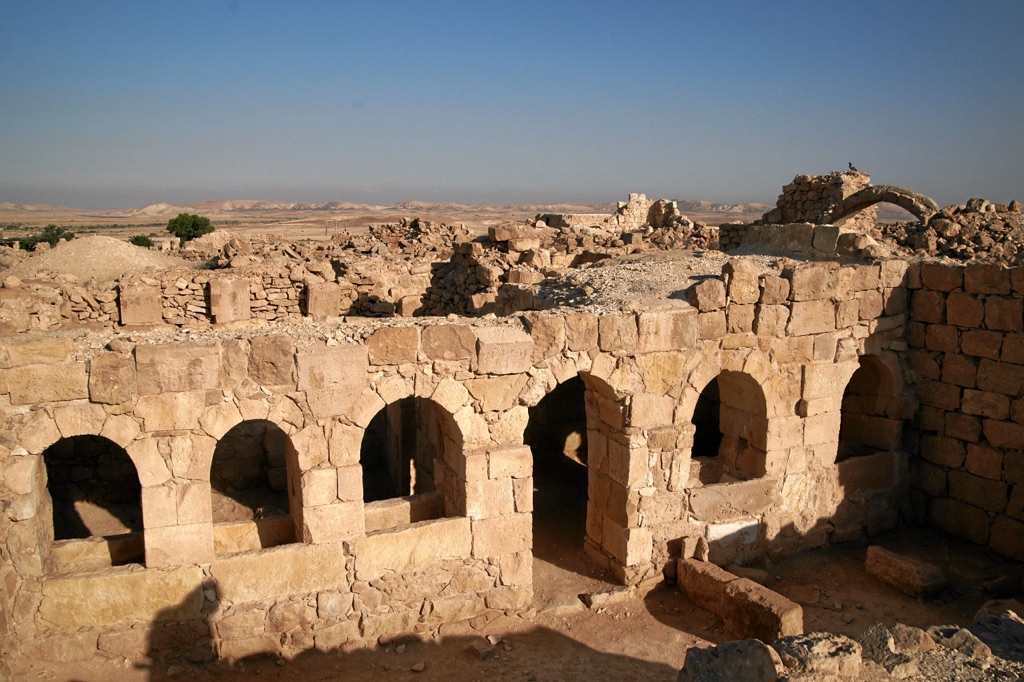
The Decline of a Desert Haven
Despite its strength, the city faced a gradual decline. By the early Islamic period, it started to wane. Shivta’s decline might link to changing trade routes or the harsh desert climate. Yet, its buildings stood the test of time, defying the inevitability of such an isolated place succumbing to desert sands.
The mystery of Shivta’s abandonment continues to intrigue archaeologists and historians. What remains clear is its historical and architectural significance. It reflects a composite picture of the societies that once inhabited the Negev desert.
Today, the Shivta ruins serve as a captivating open-air museum. They lure in those eager to connect with the distant past and understand the complexities of ancient desert life. It stands as a beacon of human endurance and a perpetual symbol of the rich history that has shaped this land.
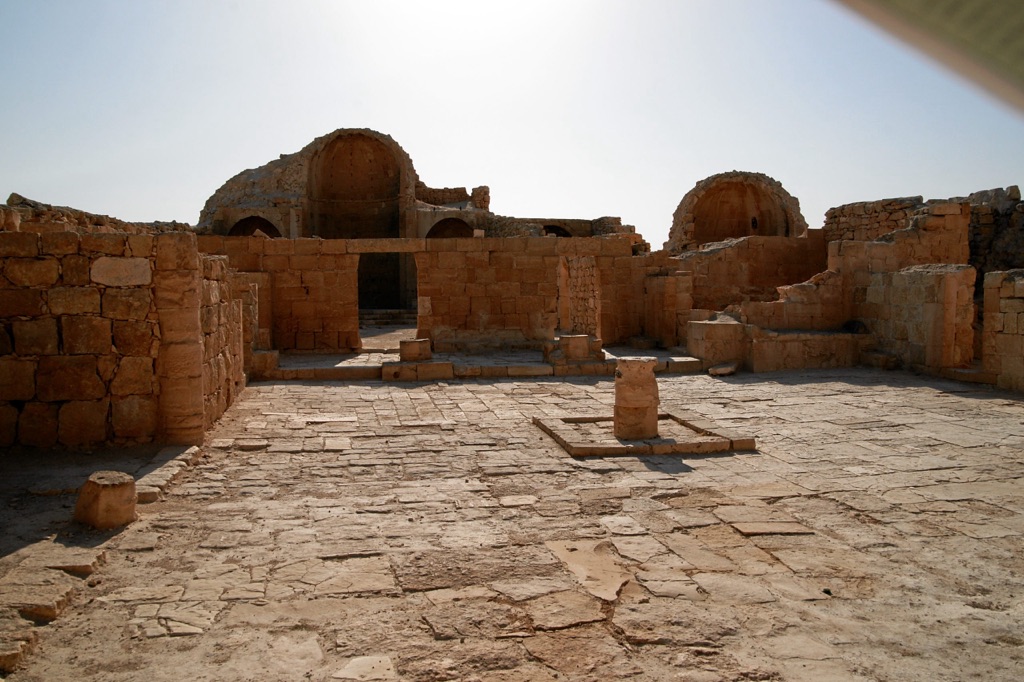
The Discovery of The Shivta Ruins
Unveiling the Sands of Time
The rediscovery of the Shivta Ruins dates back to the 19th century. Incredible as it seems, this hidden gem lay unnoticed in the Negev desert until researchers stumbled upon it. Back then, explorers were mapping the Holy Land, hoping to uncover historical sites. Their perseverance paid off when they found Shivta by chance. This marked the beginning of a new chapter in our understanding of the region’s ancient history.
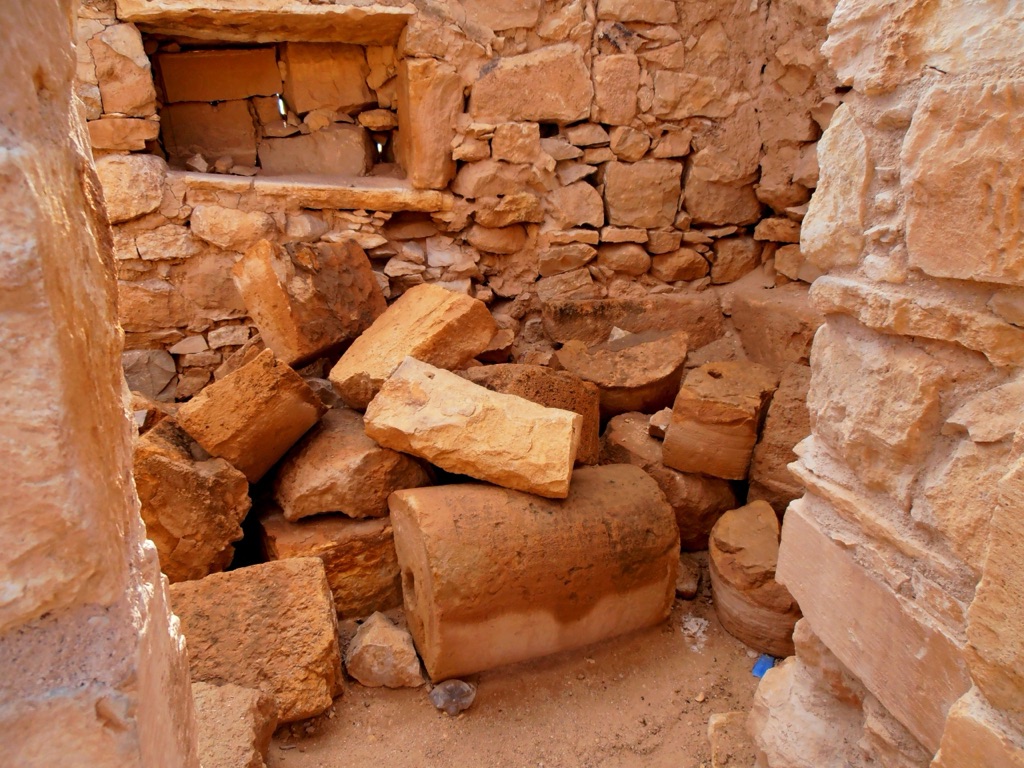
Pioneering Explorations
The first substantial records of Shivta come from the explorer Edward Henry Palmer in the late 1800s. Palmer’s accounts provided compelling details of the site. They were richly filled with descriptions of stone walls and deserted church ruins. Palmer’s exploratory work laid the groundwork for future archaeological expeditions. His initial documentation was crucial. It captured the world’s attention and set the stage for more in-depth studies.
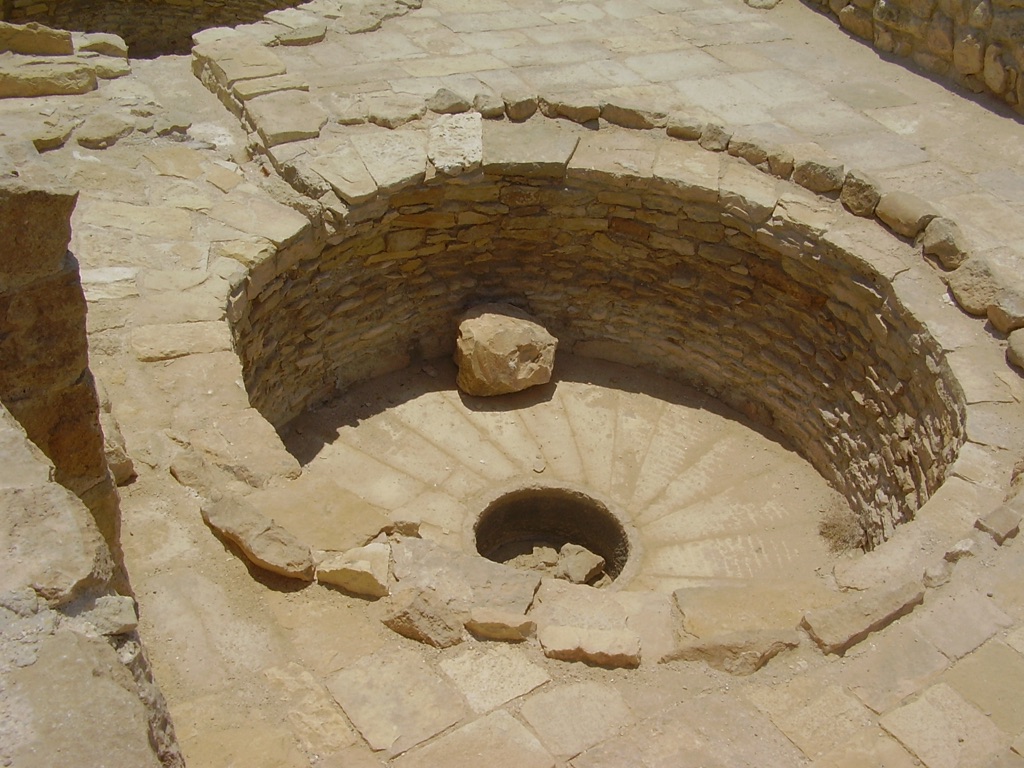
The Archaeological Breakthrough
The late 19th and early 20th centuries saw increased archaeological interest in Shivta. It was no longer just another site on the map; rather, it stood as a treasure trove of history. Scientists meticulously uncovered layers of the past, revealing its Byzantine roots. The ruins told stories of commerce, faith, and daily life. Moreover, they hinted at the town’s pivotal role in the bygone trade networks that spanned deserts.
As excavations advanced, so did our knowledge of the Byzantine Empire’s reach. We discovered how a once-thriving civilization adapted to the desert’s unforgiving terrain. These insights are priceless. They inform our appreciation of the past while reminding us of the transient nature of human settlements.
To this day, the Shivta Ruins continue to captivate scholars and tourists. They stand as a testament to the power of discovery and the ongoing quest for knowledge. Each stone and artifact adds a piece to the ever-growing puzzle of our ancient history.
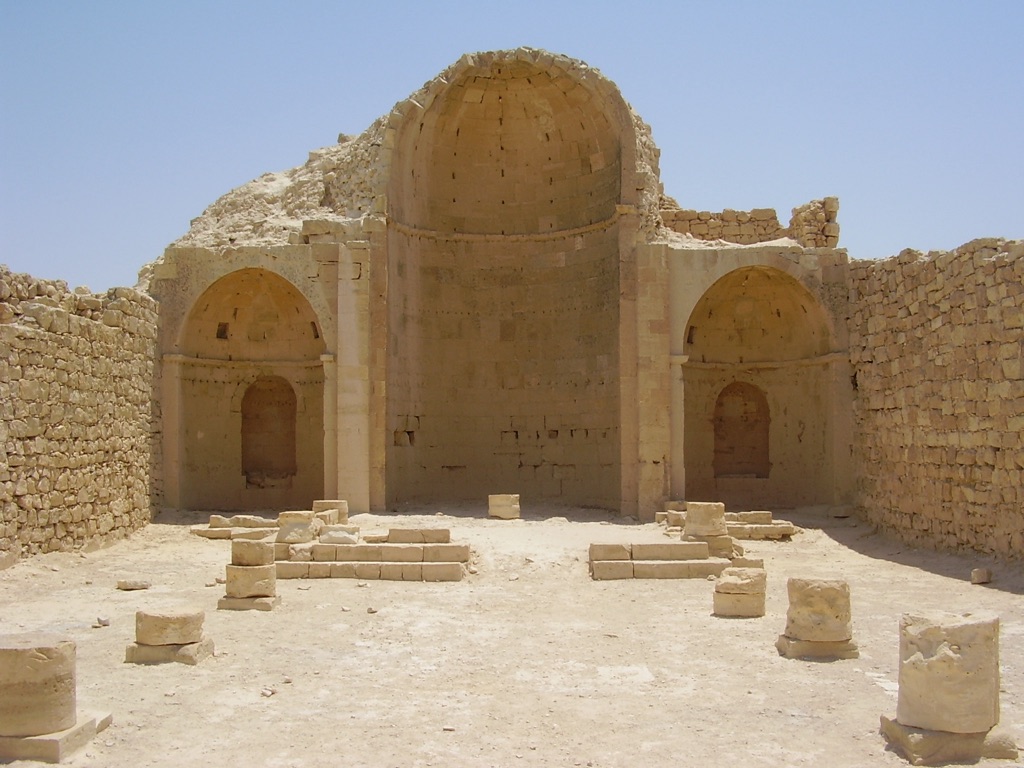
Cultural Significance, Dating methods, Theories and Interpretations
Cultural Impact of Shivta
Shivta’s ruins are not just remnants of buildings; they are the lasting legacy of a culture that thrived in the heart of the desert. This site illustrates the inhabitants’ ingenuity in managing scarce water resources. Their innovative agriculture and trade practices echo through time. The well-preserved churches reflect the shift to Christianity from earlier pagan beliefs. Today, Shivta is a symbol of cultural and historical continuity, bridging the past to the present.
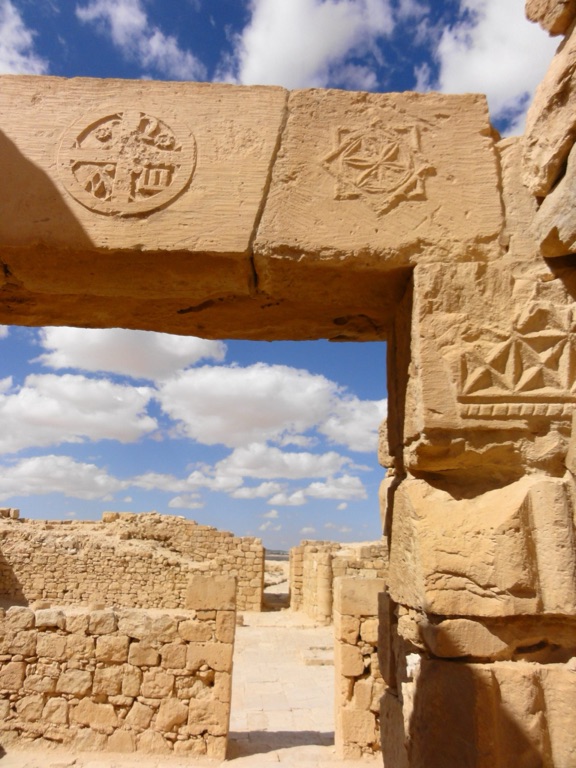
The Use of Dating Techniques
Archaeologists have employed various dating methods to piece together Shivta’s timeline. These include carbon dating of organic materials and thermoluminescence dating of ceramics. Combining these techniques with historical records has helped form a clearer picture of when these buildings were in use. Moreover, they provide clues about when the city was at its zenith and its subsequent decline.
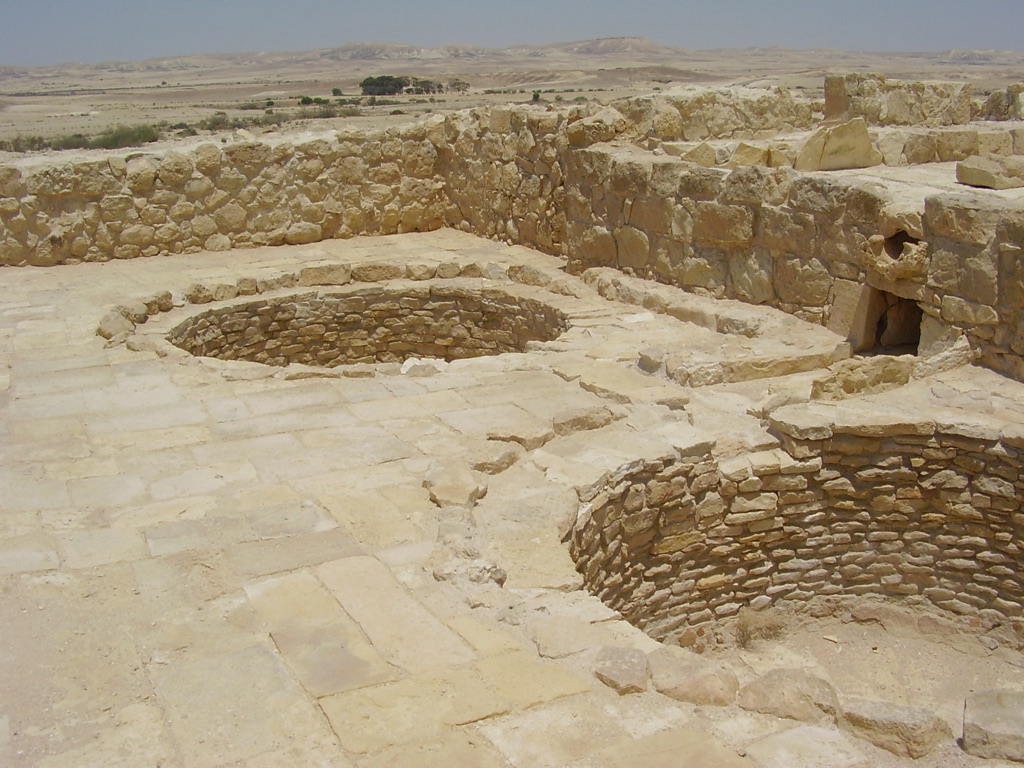
Theories Behind the Decline
Several theories attempt to explain Shivta’s decline and eventual abandonment. Some suggest climate change made water resources scarcer, making the land difficult to cultivate. Others propose the shift in trade routes left Shivta isolated. The most compelling theory points to the fall of Byzantine control in the area. This shift may have led to a gradual desertion as geopolitical dynamics changed.
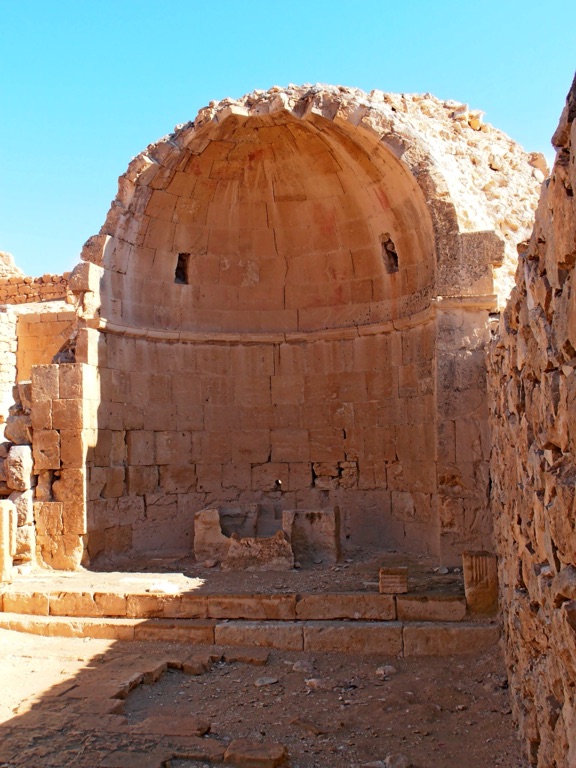
The interpretations of Shivta’s ruins are constantly evolving. The site sparks debates over the reasons for its longevity and decline. Experts use new discoveries to refine their understanding of this complex site. Each new piece of evidence adds a layer of depth to the saga of Shivta.
In short, the Shivta ruins are a rich tapestry of human history. They offer fascinating insights into the resilience and adaptability of early desert societies. Scholars continue to unravel the secrets of this ancient city, redefining our comprehension of the past.
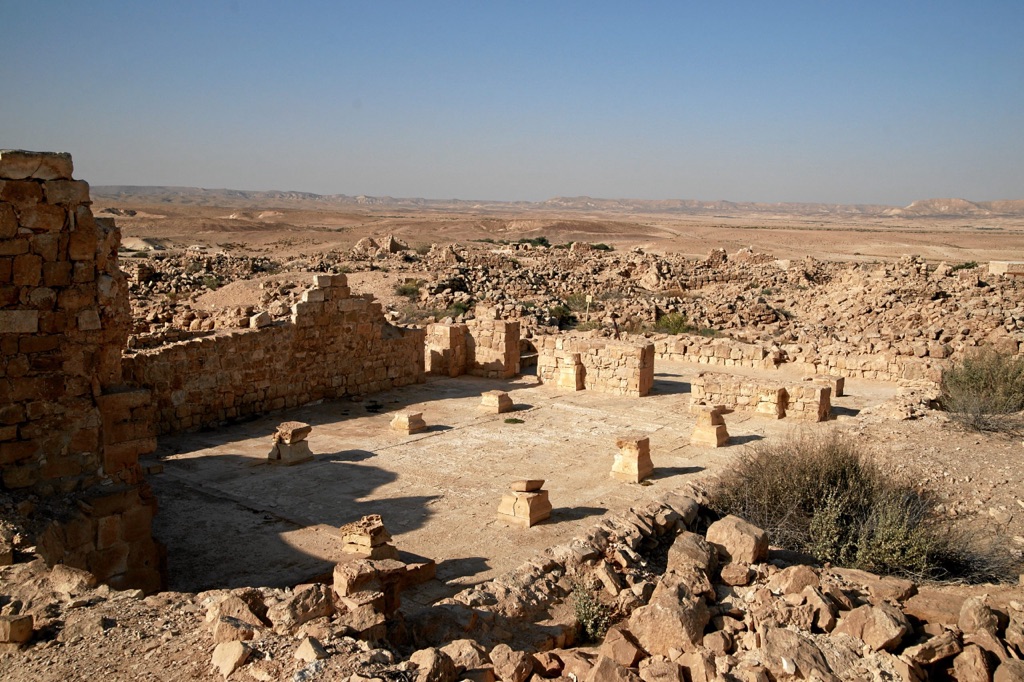
Conclusion and Sources
In conclusion, Shivta represents an incomparable window into our shared past. The site embodies the adaptability and innovation of ancient societies in the harsh desert environment. Although many questions about Shivta’s history remain, each archaeological discovery brings us closer to understanding its enduring legacy. As research continues, Shivta will no doubt keep offering invaluable insights into ancient desert culture, commerce, and spirituality.
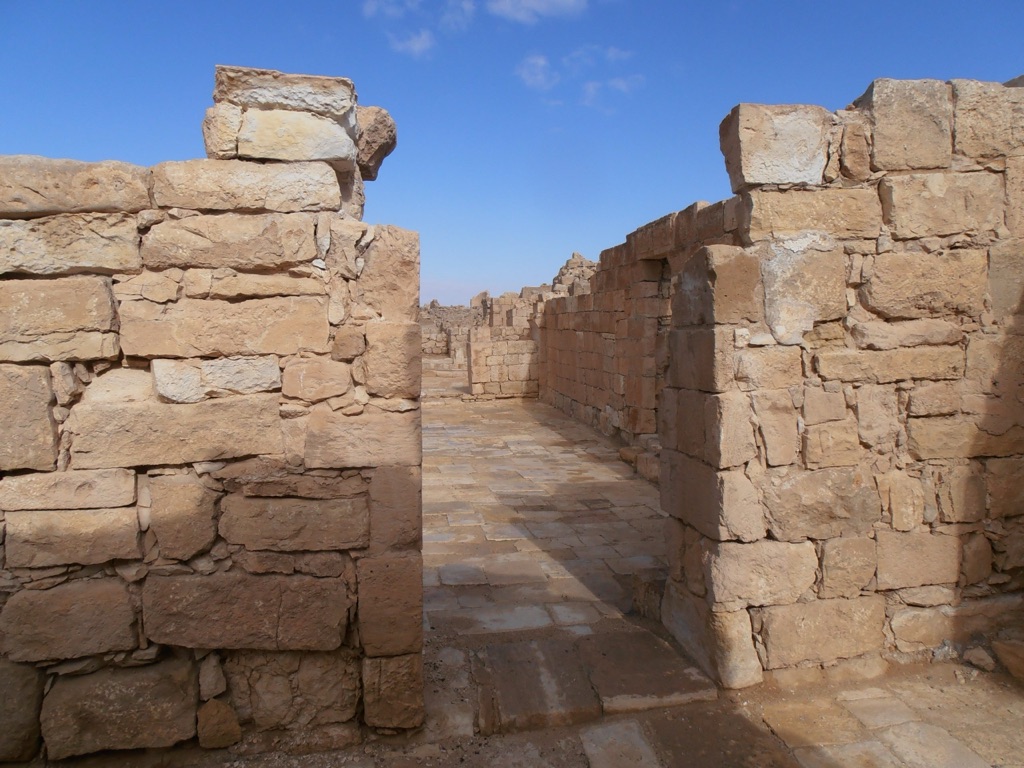
For further reading and to validate the information presented in this article, the following sources are recommended:
- World Archeology: Travel: Secrets from the Byzantine city of Shivta
- Madain Project: Shivta
- Wikipedia: Shivta
Or you can check any of these articles/books:
Erickson-Gini, T. and Israel, Y. (2013). Shivta. New Encyclopedia of Archaeological Excavations in the Holy Land. Jerusalem: Israel Exploration Society, pp. 3354–3359.
Negev, A. (1974). The Nabateans and the Provincia Arabia. Aufstieg und Niedergang der römischen Welt, II.8. Berlin: Walter de Gruyter, pp. 520–686.
Tepper, Y. (2006). Shivta: A Byzantine Town in the Negev Desert. Qedem Reports 7. Jerusalem: Institute of Archaeology, Hebrew University.
Cohen, R. and Urman, D. (1991). Ancient Settlement of the Negev Highlands: Volume II, Shivta. Israel Antiquities Authority Reports. Jerusalem: Israel Antiquities Authority.

